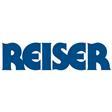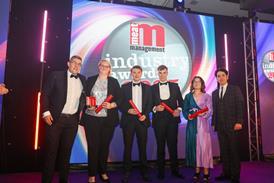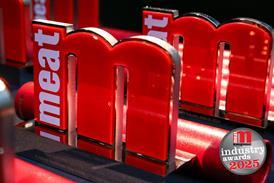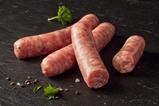Richard Watson, managing director of Reiser UK, spoke to Meat Management about manufacturing high-quality sausages on an industrial scale.
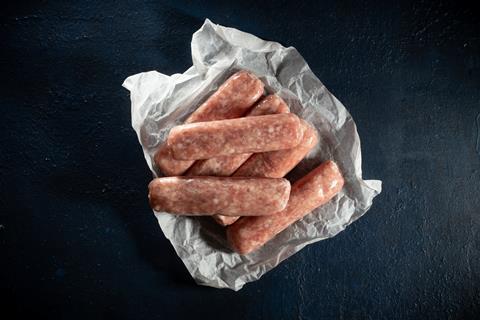
What makes a standout sausage? According to Reiser UK, when it comes to mass production, the quality of a sausage product is largely determined by the efficiency and flexibility of the machines they are produced on.
“What matters most to sausage manufacturers of all sizes is that their process is repeatable and produces the quality of product that their retailers and customers expect,” explained Reiser UK’s managing director Richard Watson.
“Whether its pork, poultry or even plant-based, Reiser UK’s range of sausage forming machinery is tailored to the specific needs of processors, with careful considerations given to the scale and overall size of production.”
Designed with high-volume sausage manufacturing in mind, the Seydelmann range of bowl cutters are market leading machines. As Richard explained, the range is perfect for those looking to reduce size through cutting, whilst also maintaining high product volumes. Suited to homogeneous product with higher fat and rusk content, the Seydelmann bowl cutter uses the latest blade technology to produce products like the Breakfast Sausage to an exceptional quality.
“Reiser UK’s range of sausage forming machinery is tailored to the specific needs of processors.”
On the other end of the scale, there are options in mixing and grinding fit for the production of small to medium volumes. Many of Reiser’s machines use a ‘grind-mix-method’ that Richard says manufacturers really appreciate: “Customers know that, by using the Reiser range, they are getting value for money in running this process. Using a rough grind cut before feeding the product into a mixing grinder for the final cut is a highly efficient way of manufacturing sausages. This method is very popular with businesses looking to easily expand their product range and create more artisanal-style products.”
Minimising the number of passes of the product through the mechanical process is also a top priority for those concerned with maintaining quality. The Seydelmann range of bowl cutters, which includes vacuum and cooking cutters, ensure minimum damage to the product throughout the process.
Maximum control over the end product
From poultry to lamb, sausages products today can take various meats as their base ingredient, and so it’s never been more important to deliver a clean label. The Vemag CC215 Alginate Sausage Line is a continuous co-extrusion system that can help manufacturers achieve this.
Richard explained: “We understand that customers are looking to deliver clean label products for their consumers. What matters to manufacturers now is that consumers aren’t put off buying poultry-based sausages because they’re made with a collagen-based, beef casing. People want a clean label, and our alginate casing technology delivers that.”
The logistical challenges of producing a clean label product are fundamentally linked to a lack of control over the manufacturing process – a daily problem for sausage manufacturers of all sizes. According to Richard, it is in tackling this problem that the Vemag line really excels.
“The Vemags are designed to work with minimal input from controllers, and are programmed to achieve a quality of product that is perfectly sliced or portioned to the customer’s requirements,” he explained. “It’s all about giving customers maximum control over their production line.”
